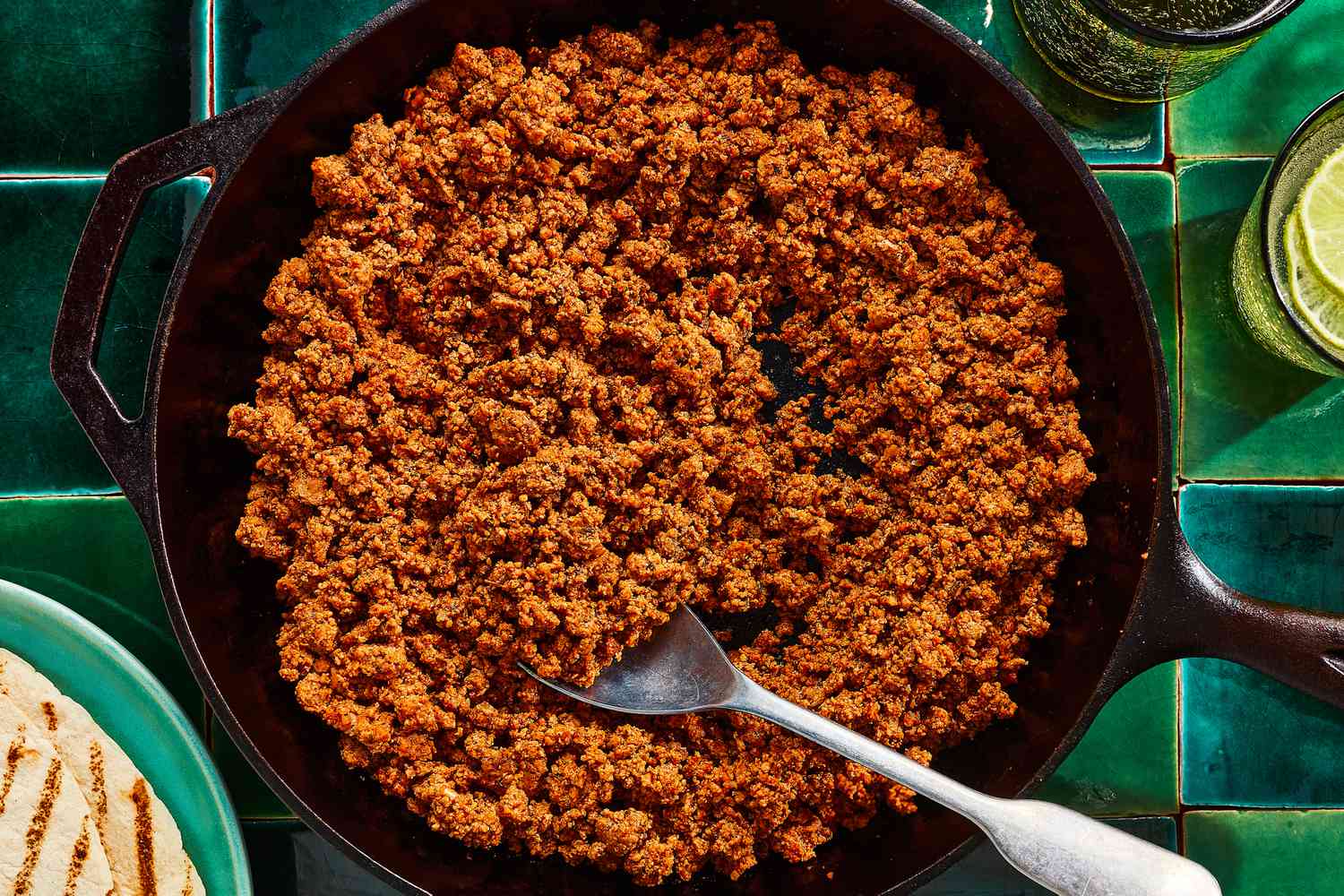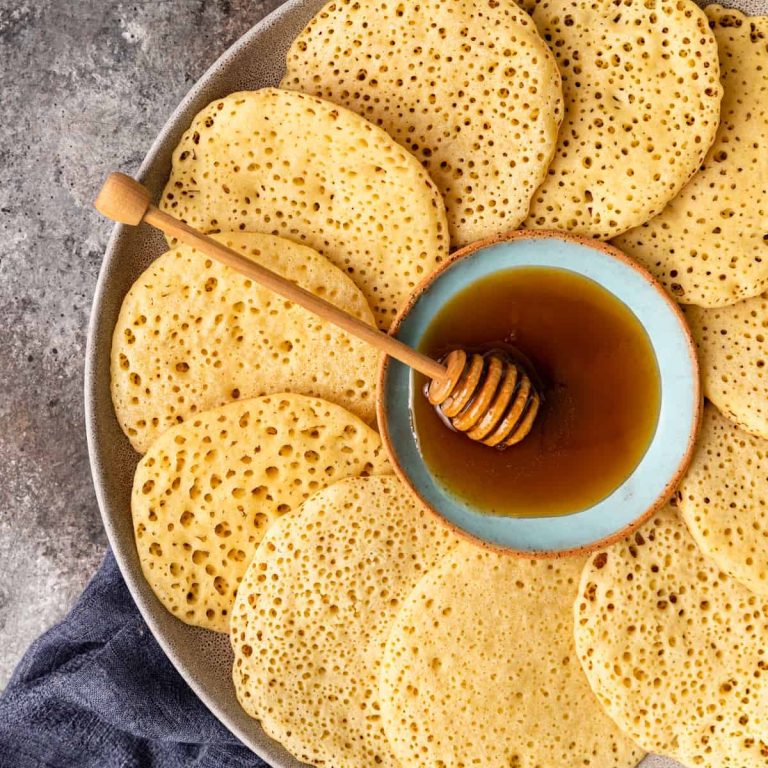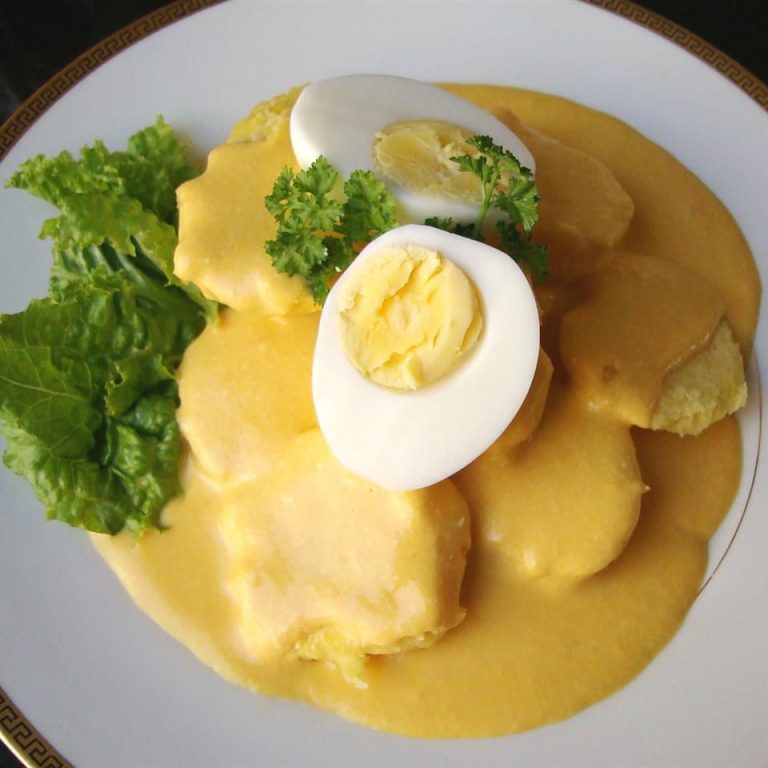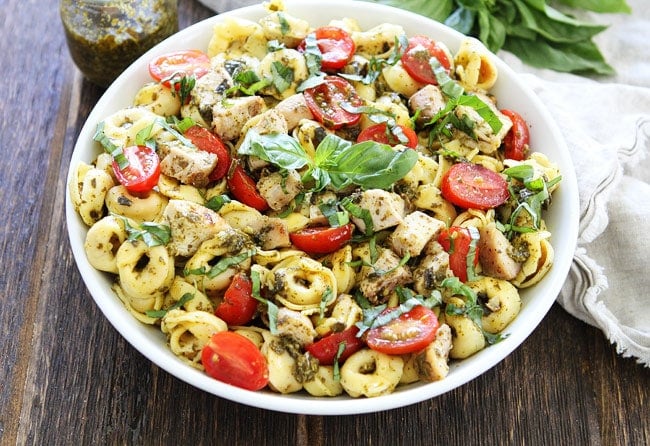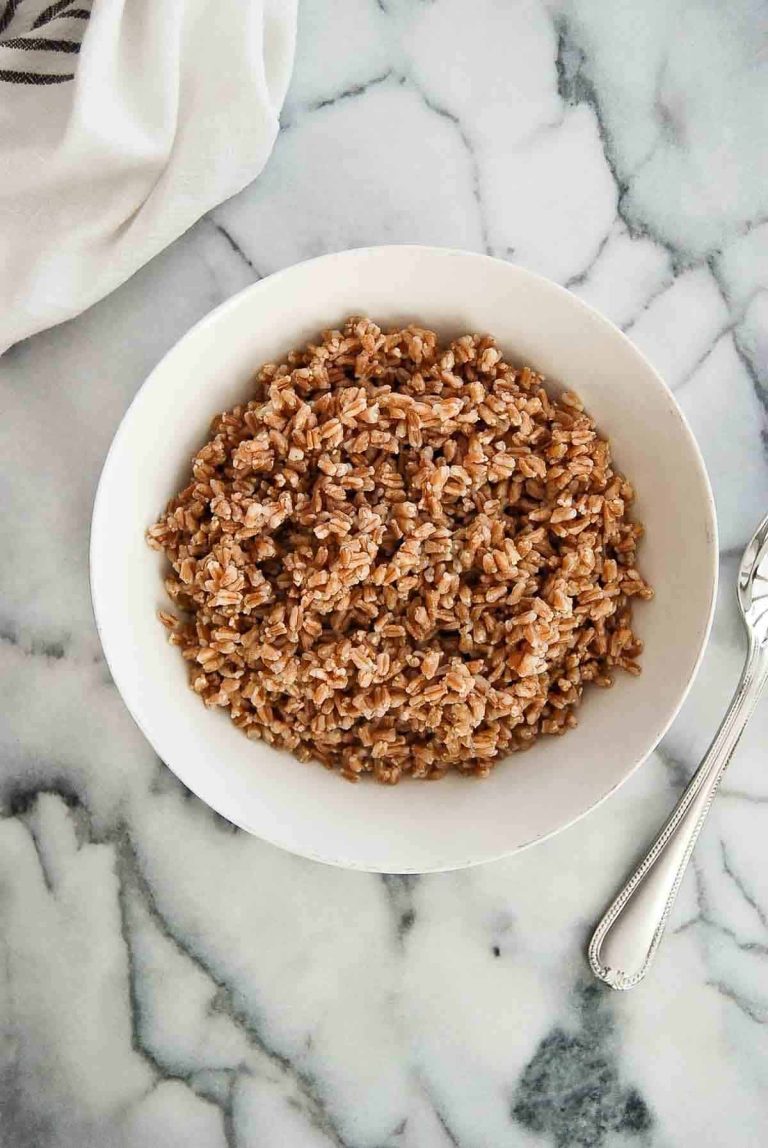Mexican Chorizo: Varieties, Recipes, Nutrition & Cooking Tips
Mexican chorizo is a savory, spicy sausage made primarily of fresh pork and a mix of spices. It’s distinctly different from Spanish chorizo, which is cured and dried. Mexican chorizo often contains ingredients like chili powder, vinegar, garlic, and paprika, giving it a vibrant red color and robust flavor. You usually find it in either loose ground form or in casings. It’s commonly used in a variety of Mexican dishes, easily enhancing the flavor profile of recipes like tacos, soups, and egg dishes.
Different Types of Mexican Chorizo
Mexican chorizo appears in different regional variations across Mexico. Some notable types include:
- Chorizo Verde: Made with fresh herbs like cilantro, green chiles, and tomatillos, giving it a distinctive green color.
- Chorizo Rojo: The most common type, featuring red as its signature hue due to dried red chiles and paprika.
- Toluca Style: Often spicier, it incorporates more regional spices and sometimes uses different cuts of pork.
Understanding these variations helps you choose the best chorizo for your culinary needs. Use Chorizo Verde for dishes that benefit from an herbal kick or opt for Chorizo Rojo when seeking a more traditional, spicy flavor.
Key Ingredients in Mexican Chorizo
Spices That Define Its Flavor
Mexican chorizo boasts a unique blend of spices that give it its distinctive taste. The primary spice is dried, smoked jalapeño or chipotle powder, providing a smoky undertone. Paprika adds both color and depth, while oregano introduces a subtle earthiness. Garlic powder amplifies the savory notes, and cumin seeds offer a warm, aromatic flavor. Cayenne pepper imparts an extra spicy kick, making the sausage vibrant and flavorful. Including black pepper balances these spices, ensuring the chorizo has a complex yet harmonious profile.
The Role of Meat in Chorizo
Ground pork is the chief component in traditional Mexican chorizo, delivering richness and tenderness. The pork’s natural fat content helps the sausage stay juicy and flavorful during cooking. Some recipes may incorporate a mixture of pork shoulder and pork belly to achieve an optimal fat-to-meat ratio. In certain regions, you might encounter variations like beef or a combination of meats for a different texture and flavor. However, pork remains the standard due to its suitability in absorbing and enhancing the characteristic spices.
Cooking With Mexican Chorizo
Popular Recipes Using Mexican Chorizo
Mexican chorizo offers endless culinary possibilities. One popular dish is Chorizo con Huevos. This scramble combines chorizo with eggs, creating a hearty breakfast. Another favorite is Tacos de Chorizo. Fill corn tortillas with cooked chorizo, diced onions, and cilantro for a delicious meal. Enchiladas Rojas are also a hit. This recipe involves rolling chorizo and cheese into corn tortillas, then covering them with red chile sauce.
Consider adding chorizo to soups and stews. Chorizo and Potato Soup blends spicy chorizo with tender potatoes in a flavorful broth. Chorizo and Bean Stew is another great option, combining chorizo with black beans for a protein-rich dish.
Tips for Handling and Cooking
For the best results when cooking Mexican chorizo, first remove the casing. The casing is often tough and not meant to be eaten. Use a sharp knife to make a small slit and peel it off. Since chorizo is highly seasoned and fatty, cook it on medium heat to render the fat and develop rich flavor.
When adding chorizo to dishes, cook it separately before mixing with other ingredients. This method ensures even cooking and prevents an oily texture. If excess fat becomes an issue, drain it off before combining the chorizo with your dish.
Store uncooked chorizo in the refrigerator for up to a week, and keep cooked chorizo for up to three days. Freezing is also an option if you’ll use it later, preserving both flavor and texture.
Health and Nutrition Aspects
Nutritional Benefits and Concerns
Mexican chorizo, known for its robust flavors, has notable nutritional aspects. A 100g serving of chorizo generally provides around 250-300 calories, primarily from fats and proteins. It’s rich in Vitamin B-12, which supports red blood cell formation and brain health. Chorizo also provides essential minerals such as zinc and iron. However, it often contains high levels of sodium, which may affect blood pressure if overconsumed. Given its high-fat content, particularly saturated fats, consuming chorizo in moderation is advisable to maintain cardiovascular health.
| Nutrient | Amount per 100g |
|---|---|
| Calories | 250-300 kcal |
| Protein | 14-16g |
| Fat | 20-25g |
| Saturated Fat | 7-10g |
| Sodium | 500-800mg |
| Vitamin B-12 | 2-4µg |
| Zinc | 1-2mg |
| Iron | 1-2mg |
Dietary Considerations
While Mexican chorizo is a flavorful addition to many dishes, consider dietary restrictions. It’s unsuitable for vegetarians or vegans since it’s traditionally made from pork. For those avoiding pork, look for beef, turkey, or plant-based chorizo alternatives. Monitoring portion sizes can help manage sodium and fat intake. Those on heart-healthy diets should limit consumption due to high saturated fat content. Opt for leaner versions or homemade chorizo to control ingredient quality and seasoning levels. If you’re lactose intolerant or allergic to any additives, always check labels for hidden dairy products or allergens.
Conclusion
Mexican chorizo offers a rich tapestry of flavors and textures that can elevate any dish. With its diverse varieties and bold spices, it brings a unique taste to your culinary repertoire. Whether you’re cooking a traditional recipe or exploring new ways to incorporate it into your meals, Mexican chorizo is sure to impress. Remember to consider its nutritional aspects and make mindful choices to enjoy this flavorful sausage in a balanced way. Dive into the world of Mexican chorizo and let your taste buds experience its vibrant essence.
